FREE SHIPPING OVER $99
FEATURED SALE
CHECK OUT OUR FEATURED BRANDS, PRODUCTS AND DEALS
-
Sale!
TensCare
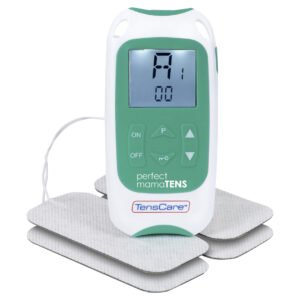 SALE!49% OFF
SALE!49% OFFTensCare perfect mamaTENS Maternity TENS Device
$99.99$194.95Add to cartQuick ViewTensCare perfect mamaTENS Maternity TENS Device
Reduce pain safely but stay in the moment with this remarkable device.
- Specifically designed to help relieve pain during labour/childbirth
- Utilising the latest TENS technology
- Portable and easy to use
- Help achieve your goal of a more natural, drug-free birthing experience
- 2 Year Standard Warranty
SKU: K-PMT Categories: Multiple Categories, Shop All, Health Devices, Maternity, Maternity, Pain Relief, Child Pain Relief, Children & Baby$99.99$194.95
FEATURED DEALS
CHECK OUT OUR FEATURED DEALS
-
Sale!
BodiSure
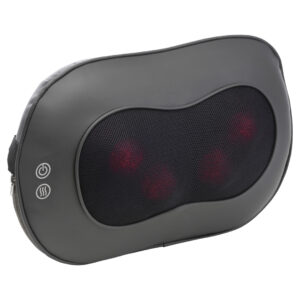 SALE!56% OFF
SALE!56% OFFBodiSure Cushion Massager
$64.95$146.95Add to cartQuick ViewBodiSure Cushion Massager
Convenient, Shiatsu style, heated cushion massager for multiple body areas.
- Soft cushion design
- 4 high quality rotating heads
- Easily position with adjustable strap
- 12 month standard warranty
SKU: BMRE06 Categories: Multiple Categories, Massage, Massage, Shop All, Pain Relief, Fitness & Lifestyle, Pain Relief, Warmth, Sleep & Comfort, Warmth$64.95$146.95 -
Sale!
Quantum
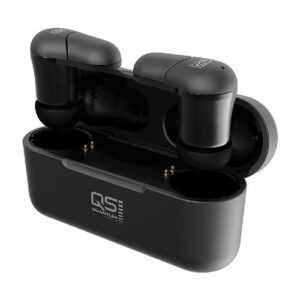 SALE!50% OFF
SALE!50% OFFQuantum Sonic Wireless Earphones
$52.48$104.95Add to cartQuick ViewQuantum Sonic Wireless Earphones
High quality wireless earphones incorporating a sleek, comfortable fit and ergonomic design.
- Auto connection via Bluetooth
- Incredible sound quality with 6 hours continuous play
- Portable charging base holds 2 more full charges (18 hours total play)
- Make/receive phone calls or listen to music/tv/podcasts etc
- 12 Month Warranty
SKU: QSE100 Categories: Footy Finals Sale, Shop All, Fitness & Lifestyle, Wearables, Fitness Earphones Tag: earphones$52.48$104.95 -
Sale!
Omron
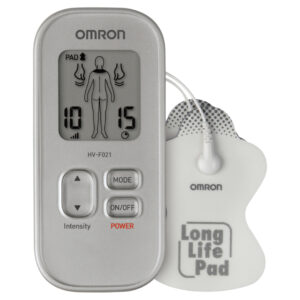 SALE!40% OFF
SALE!40% OFFOmron HVF021 TENS Therapy Device
$119.37$198.95Add to cartQuick ViewOmron HVF021 TENS Therapy Device
High quality TENS therapy device with 3 different massage modes and 15 intensity levels to tailor your at-home treatment.
- Drug-free Soothing Relief for Muscle Pain & Stiffness
- Simple Operation
- Easy to Read LCD Display using Pictograms
- 2 Year Standard Warranty (4 if Registered Online)
SKU: HVF021 Categories: Multiple Categories, Shop All, Health Devices, Pain Relief, Fitness & Lifestyle, Pain Relief, Pain Relief, Sleep & Comfort$119.37$198.95 -
Sale!
Otifleks
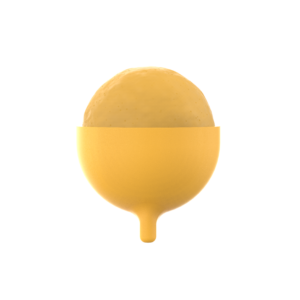 SALE!40% OFF
SALE!40% OFFOtifleks Natural Beeswax Earplugs
$7.17$11.95Add to cartQuick ViewOtifleks Natural Beeswax Earplugs
A fantastic, 100% natural and anti-bacterial earplug.
- 100% natural/organic ingredients
- Contains beeswax, olive oil (for pliability) and cotton (for solidity) – can be Sunflower Seed Oil according to seasonal availability
- Soft & comfortable
- Re-usable up to 10 times
- Pack of 4 (2 sets)
SKU: OTNB.4 Categories: Multiple Categories, Ear Care, Shop All, Earplugs, Fitness & Lifestyle, Sleep Aids, Travel, Children & Baby, Kids Sleep Aids, Sleep & Comfort$7.17$11.95 -
Sale!
Omron
 SALE!35% OFF
SALE!35% OFFOmron MC720 Touchless Forehead Thermometer
$67.99$103.95Add to cartQuick ViewOmron MC720 Touchless Forehead Thermometer
SKU: MC720 Categories: Multiple Categories, Shop All, Health Devices, Children & Baby, Thermometers, Thermometers$67.99$103.95 -
Sale!
Hotteeze
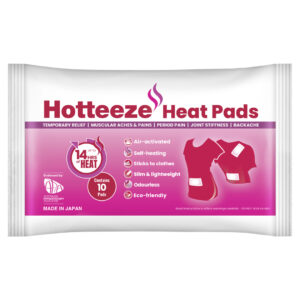 SALE!31% OFF
SALE!31% OFFHotteeze Heat Pads
$17.95$25.95Add to cartQuick ViewHotteeze Heat Pads
Japanese made heat pads of the highest quality to warm and soothe.
- SAVE UP TO 25% WITH SPECIAL OFFERS
- Pack contains 10 individual Heat Pads
- Self-heating
- Ideal for pain relief (heat therapy) and comfort
- Up to 14 hours continuous heat
- Environmentally friendly – tip heat granules into your garden as a soil conditioner
SKU: HHP10 Categories: Footy Finals Sale, Multiple Categories, Shop All, Pain Relief, Fitness & Lifestyle, Travel, Pain Relief, Warmth, Sleep & Comfort, Travel, Warmth$17.95$25.95 -
Sale!
Welcare
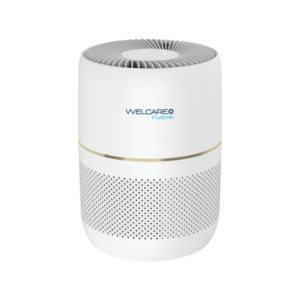 SALE!25% OFF
SALE!25% OFFWelcare PureAir Ultraviolet Air Purifier
$224.96$299.95Add to cartQuick ViewWelcare PureAir Ultraviolet Air Purifier
Harnesses the power of an ultraviolet/deep UV-C LED light that can sterilise up to 99.95% of bacteria and virus including COVID-19 within 30 seconds*. Combined with a HEPA (H13) Filter to provide comprehensive air purification.
- Also includes a Pre-Filter for a 3-Stage purification system

- Suitable for areas up to 12m2 such as a bedroom or office
- Filters dust, pollen, smoke and bacteria
- Low-noise operation
- Aromatherapy function
SKU: WPA200 Categories: Multiple Categories, Shop All, Health Devices, Fitness & Lifestyle, Children & Baby, Sleep & Comfort, Kids Respiratory Devices, Respiratory, Respiratory, Respiratory, Air Purifiers, Air Purifiers, Air Purifiers Tags: Portable, HEPA, HEPA13, Air Purifier$224.96$299.95 - Also includes a Pre-Filter for a 3-Stage purification system

SMART WELLNESS
Smart Wellness believes in the power of technology in helping people of all ages take control of their health and wellbeing the smart way! Our broad range of high-quality brands offer devices and accessories that monitor, treat and/or prevent various ailments and help improve your overall quality of life throughout your entire life journey.
We are committed to providing great products at highly competitive prices with the best possible purchase and delivery experience. This would not be possible without feedback from you, our valued customer. We are listening.
We care – Smartwellness.com.au
HOW TO INCREASE VENTILATION IN MY OFFICE
Depending on your office environment, you may have limited opportunity to completely control what’s happening with ventilation, but there could still be some simple things to try.
WHAT OUR CUSTOMERS SAY
LATEST BLOG ARTICLES

Essential tips for Quality Sleep while Travelling or Managing Shift Work

Nominated for Best Breast Pump in the Mum Central Awards

Heart-Healthy Habits: A Day in the Life
SUBSCRIBE
Subscribe to our mailing list so that you can be the first to know about new products and promotions.
© 2024. All Rights Reserved.
















